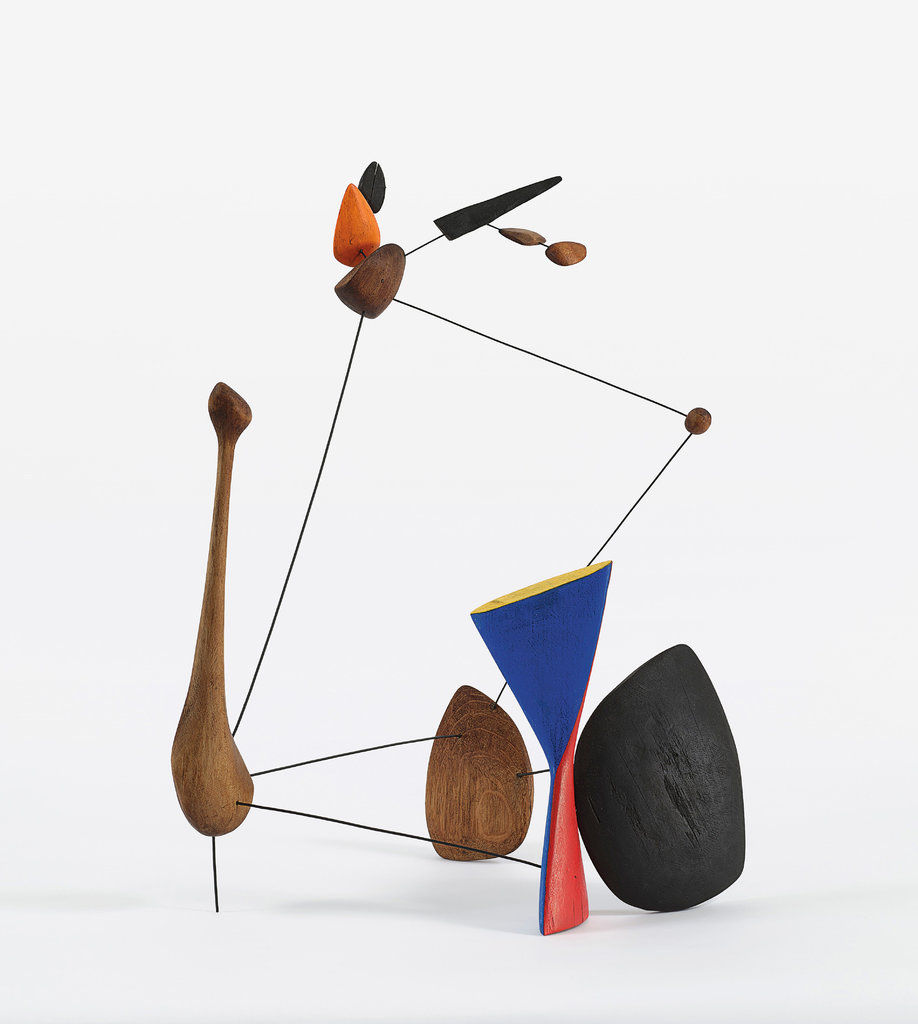Mapping with all the senses
- Kvanassche

- Nov 8, 2022
- 1 min read
Mapping is making something visual based on something visual, in most cases. Maps can lead to plans, policies, strategies which then privilege the visual, and one particular and final assessment of the place,. But places can be experienced through all the senses, and their interpretation is a polyphonic process,. For people with different abilities, people from different cultures, other senses can come to the foreground, and give a different access to and interpretation of the space. Which leads to resonances with other experiences, memories, senses, What if we tried to open up the process of mapping, and reinvent the object of the map, to accommodate a variety of different embodied experiences? Rather than fixed forms, lines of becoming, angles of contact, modes of encounter and embodied experience can feature in the maps, and the maps themselves do not have to be end points of representation but can be input for further analysis, exploration, conversation. As this process has no end, we speak of mappings, rather than maps. As we do not want to codify meaning, the object of the map itself can be reinvented over and over again.
New paper in International Journal of Qualitative Methods,,with Janice Rieger, Patrick Devlieger and Meghan Strickfaden: https://journals.sagepub.com/doi/full/10.1177/16094069221137490




Comments